Here is a selection of before and after photos taken of Hamptonne farms exterior on our trip there
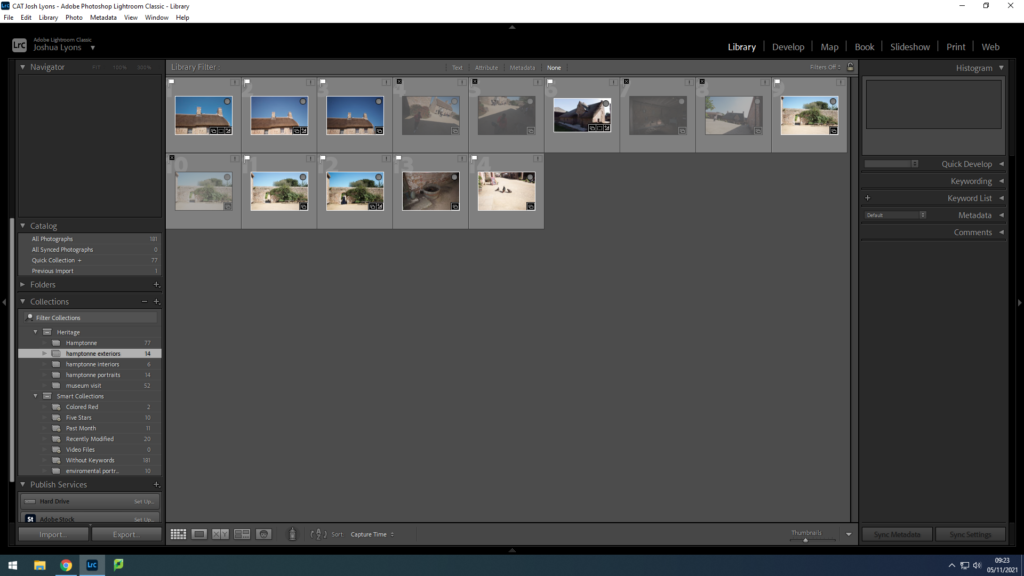
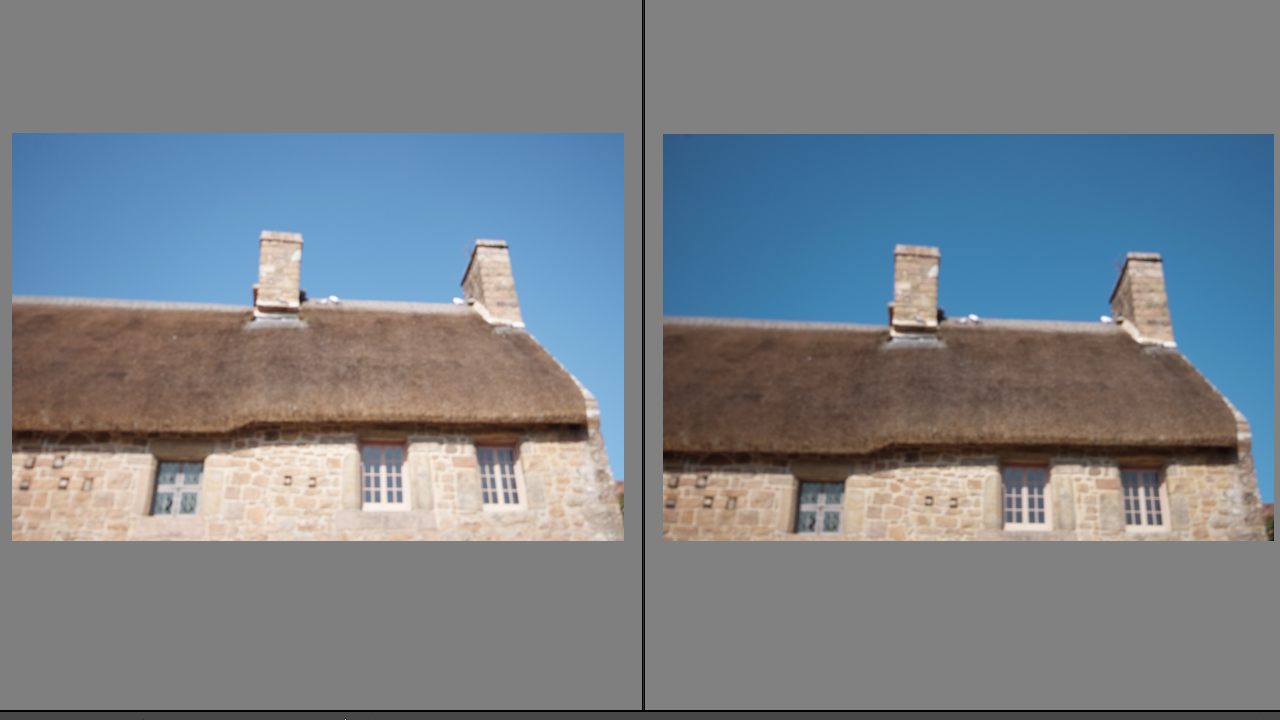
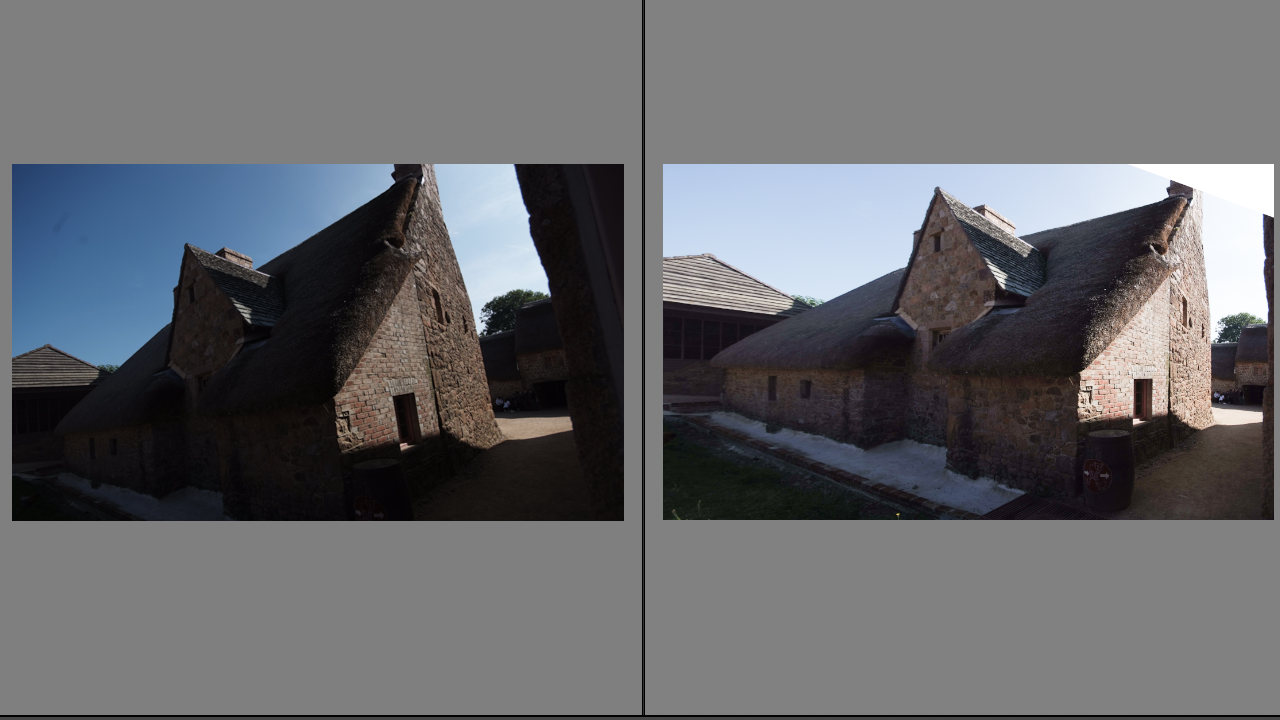
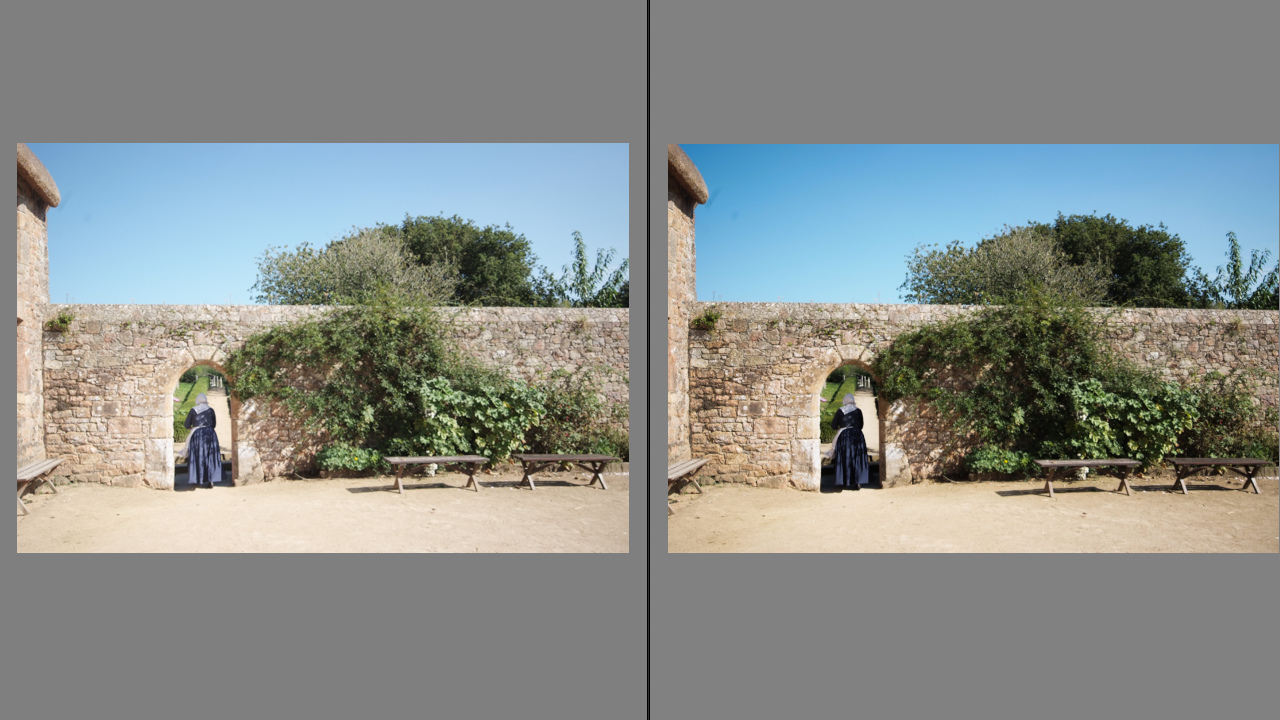
Here is a selection of before and after photos taken of Hamptonne farms exterior on our trip there




A selection of my interior photos I took at our trip to Hamptonne farm, the photos of show have been made to represent the before and afters of editing which were edited using Lightroom

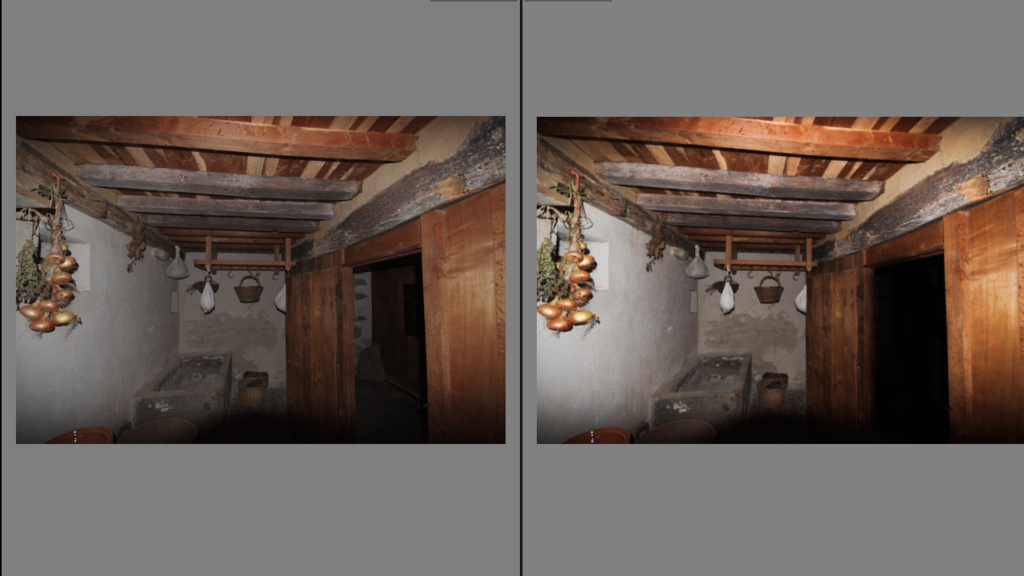
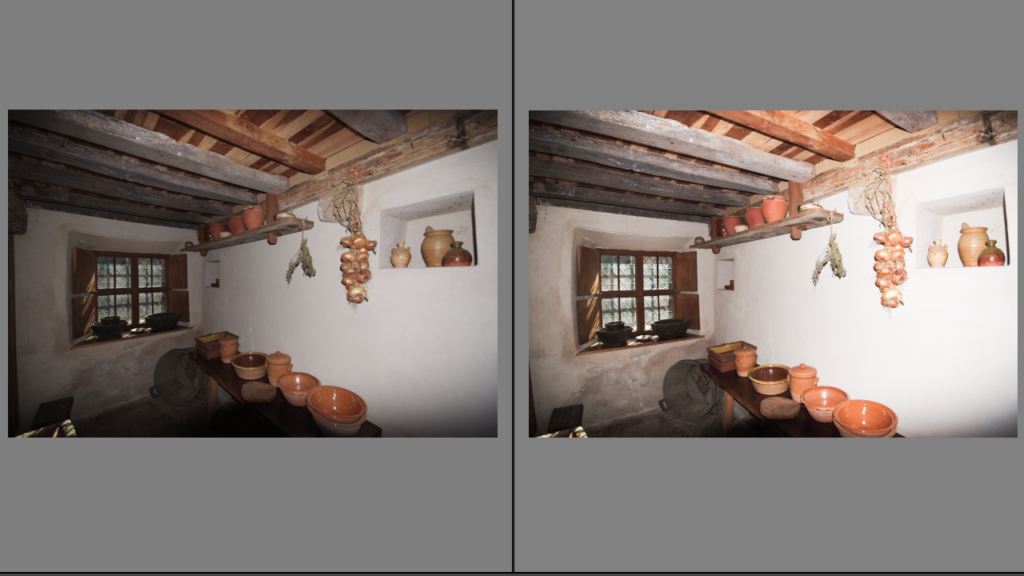
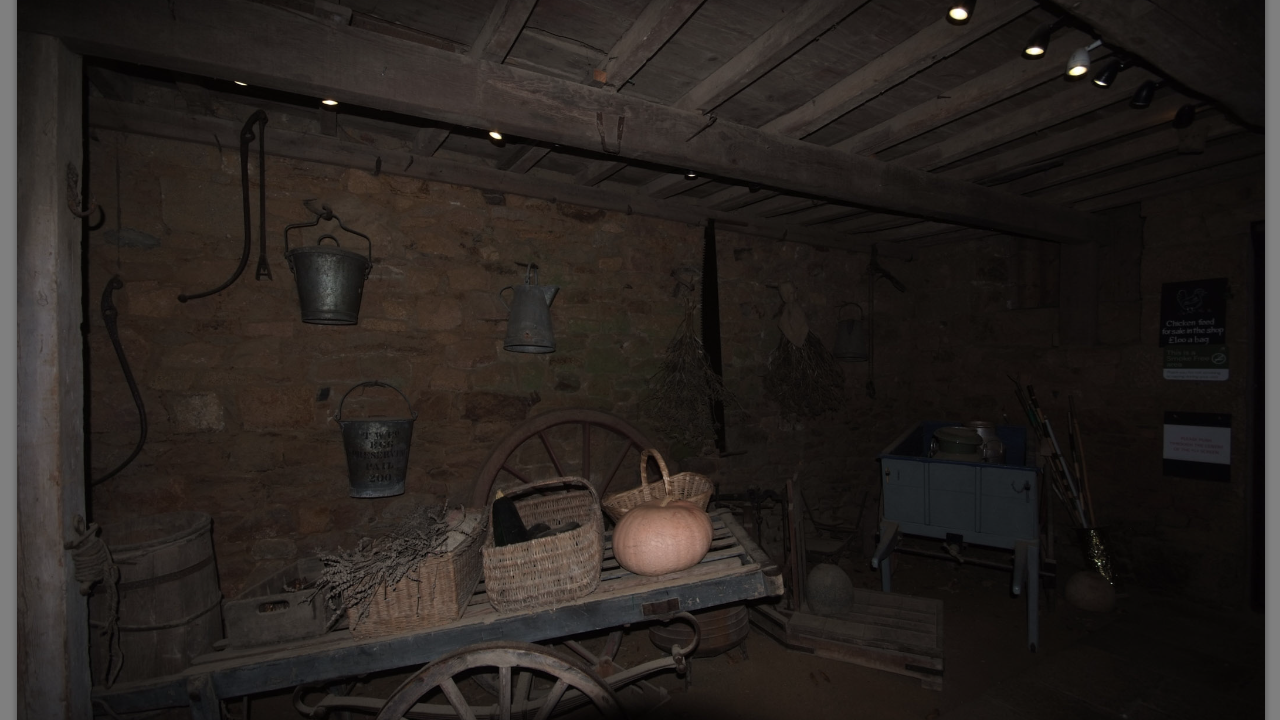
During the visit to hamptonne farm, we took portrait photos of photographer Tom Kennedys wife. He spoke to us on how to only use a natural light source to take the photos, as it makes them look very effective
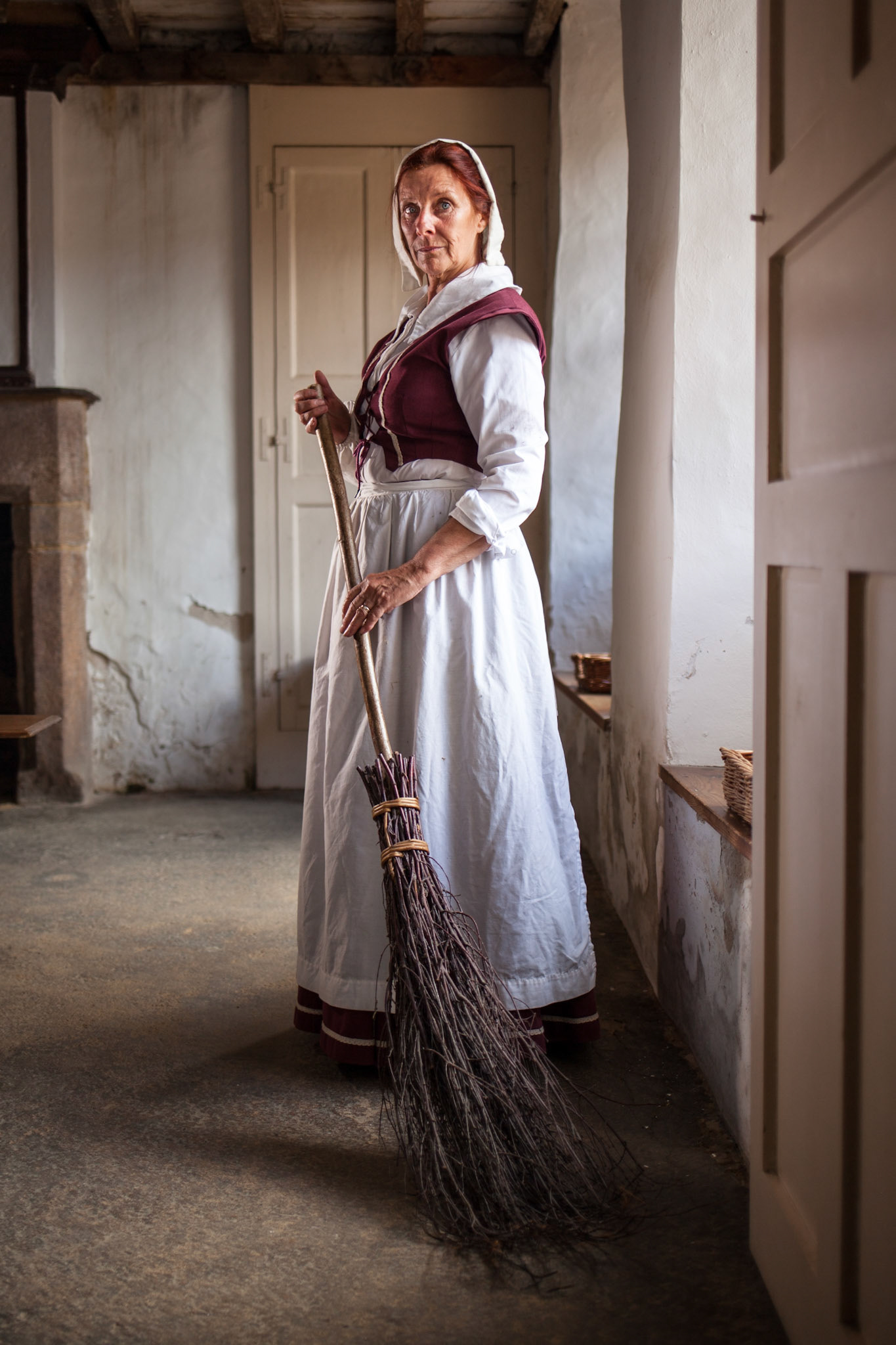

Using Lightroom I selected the best photos I took using the flagging system. The photos that I did not select were too dark in my opinion. I also edited certain photos to make them look more effective.
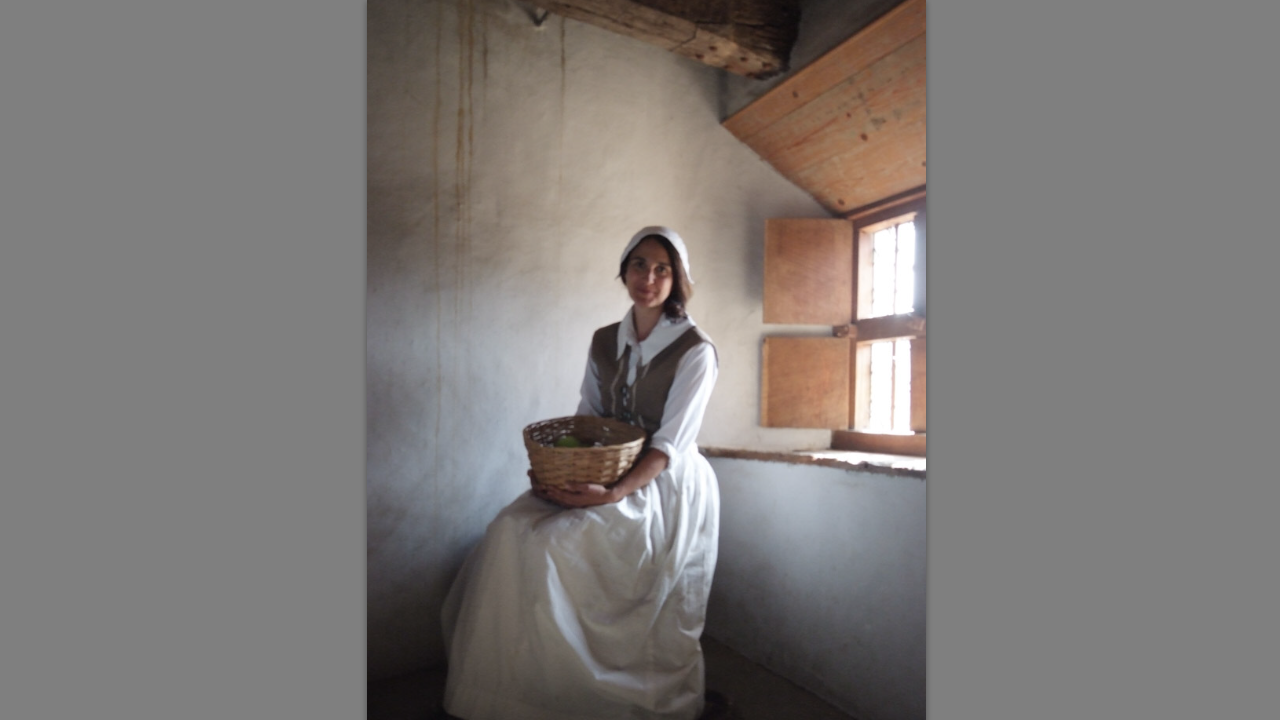
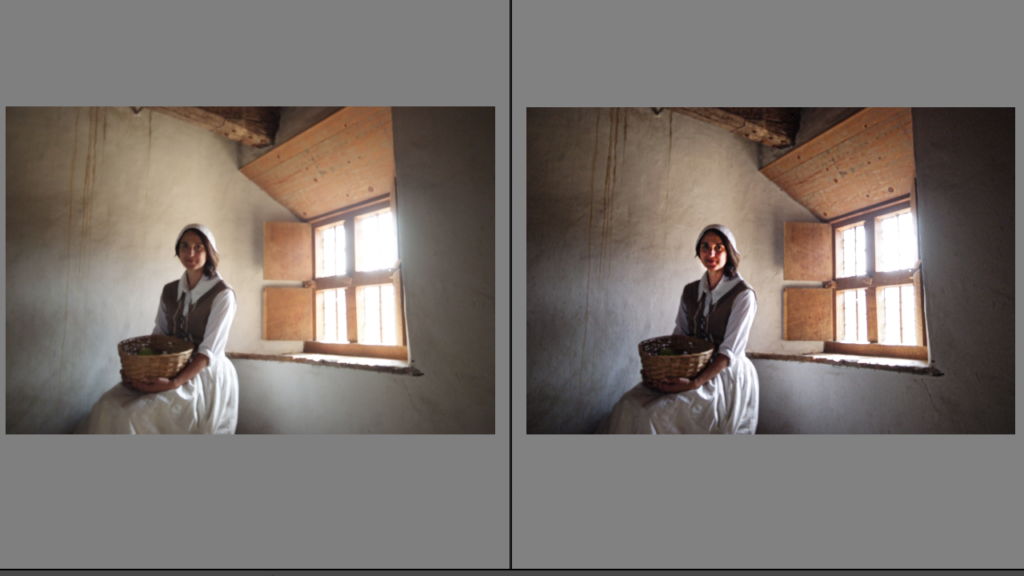

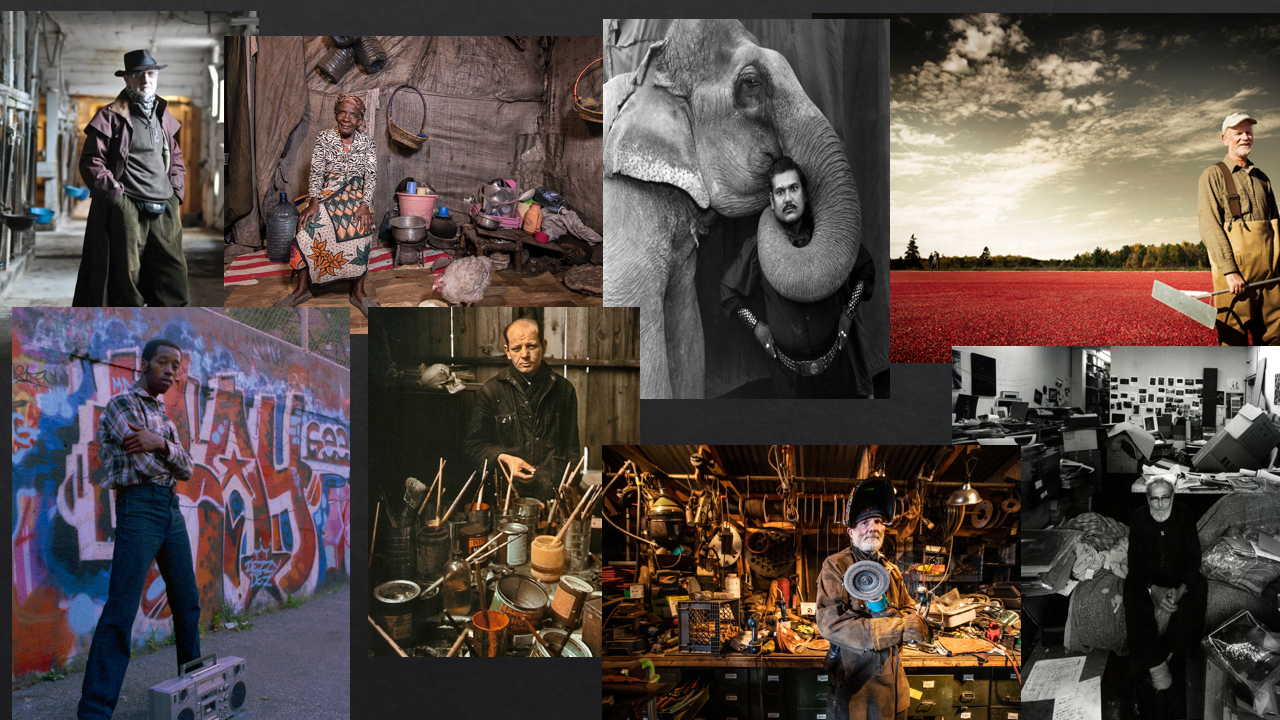

Environmental portrait is a portrait executed in the subject’s usual environment, such as in their home or workplace, and typically illuminates the subject’s life and surroundings. The term is most frequently used of a genre of photography.
Arnold Newman
Arnold Newman was a celebrated American photographer known for his environmental portraits of artists, politicians and celebrities such as Pablo Picasso, Igor Stravinsky, and Marilyn Monroe. Arnold stressed that he was motivated by a genuine interest in his subjects, and in the craft of photography.
The artist died on June 6, 2006 in New York. His works are held in the collections of the George East Museum in Rochester, the Metropolitan Museum of Art in New York, the Art Institute of Chicago, and the Smithsonian American Art Museum in Washington.

Newman’s best-known images were in black and white, although he often photographed in colour. His 1946 black and white portrait of Igor Stravinsky seated at a grand piano became his most well known, and signature image.
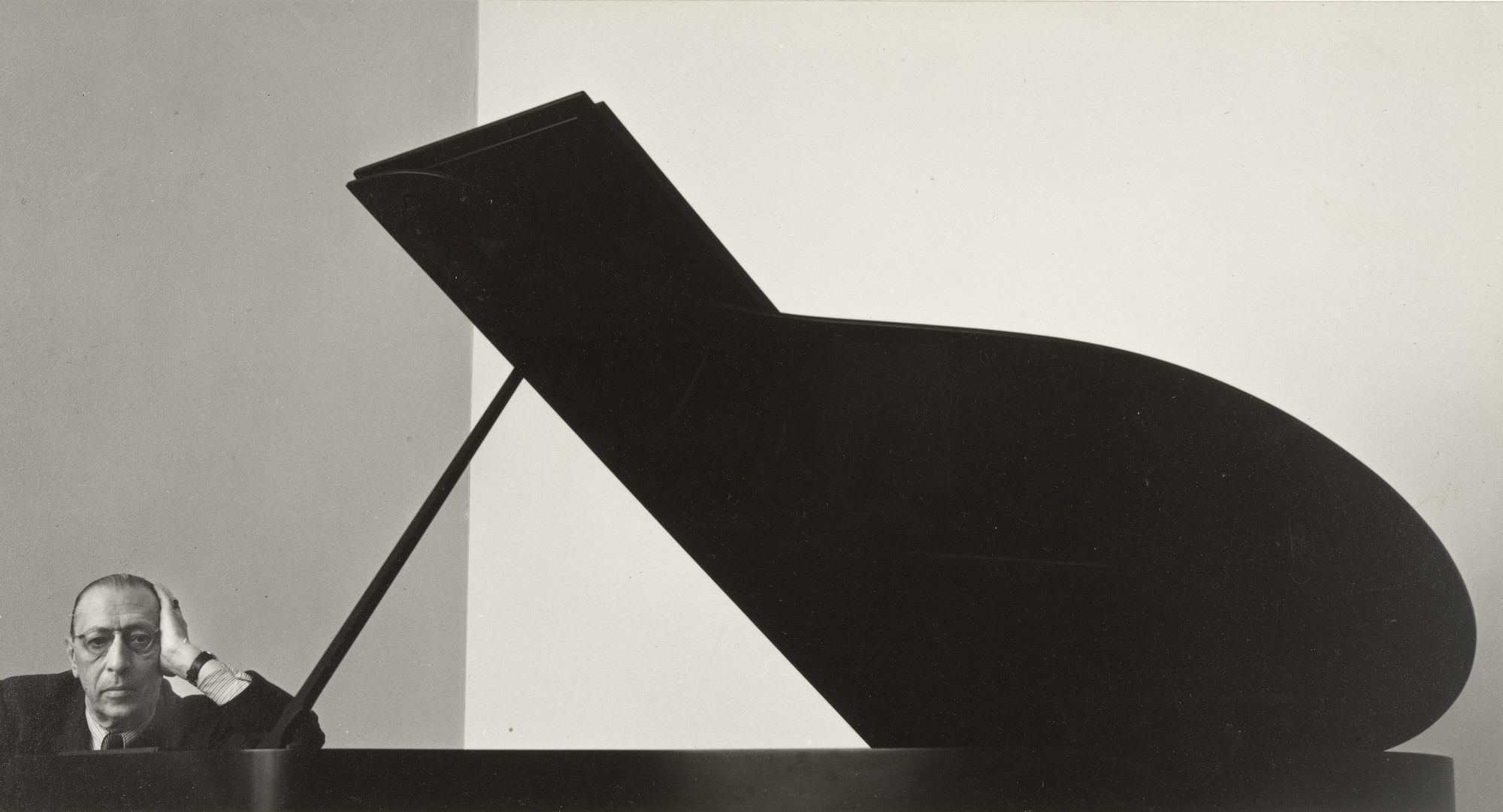
Stravinsky is pictured here with a piano, the top of the piano vaguely resembles a musical note, resembling Stravinsky’s life and career.
Photos from Hamptonne that I have improved using Lightroom
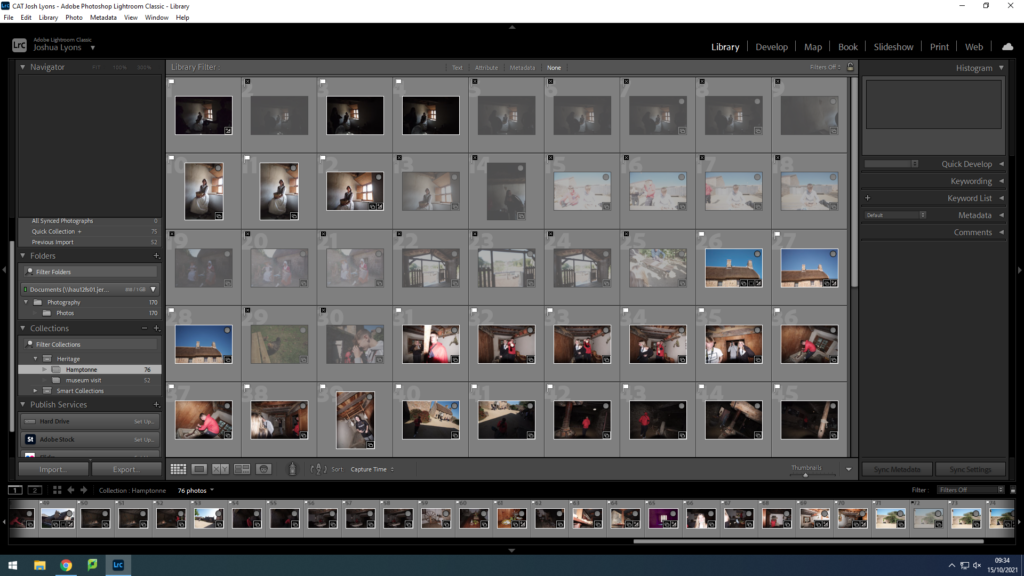

I have used a flagging system in Lightroom to arrange my photos to choose which photos are good to use and which photos aren’t good
Exteriors



Interiors
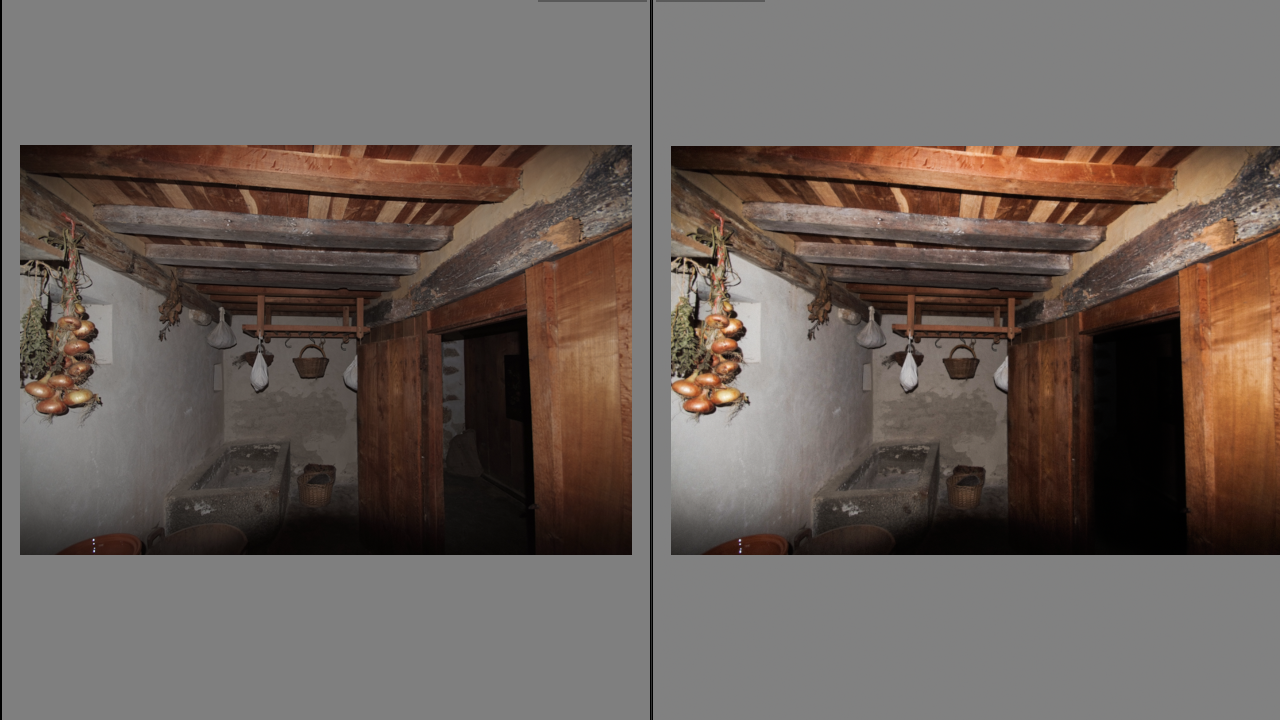
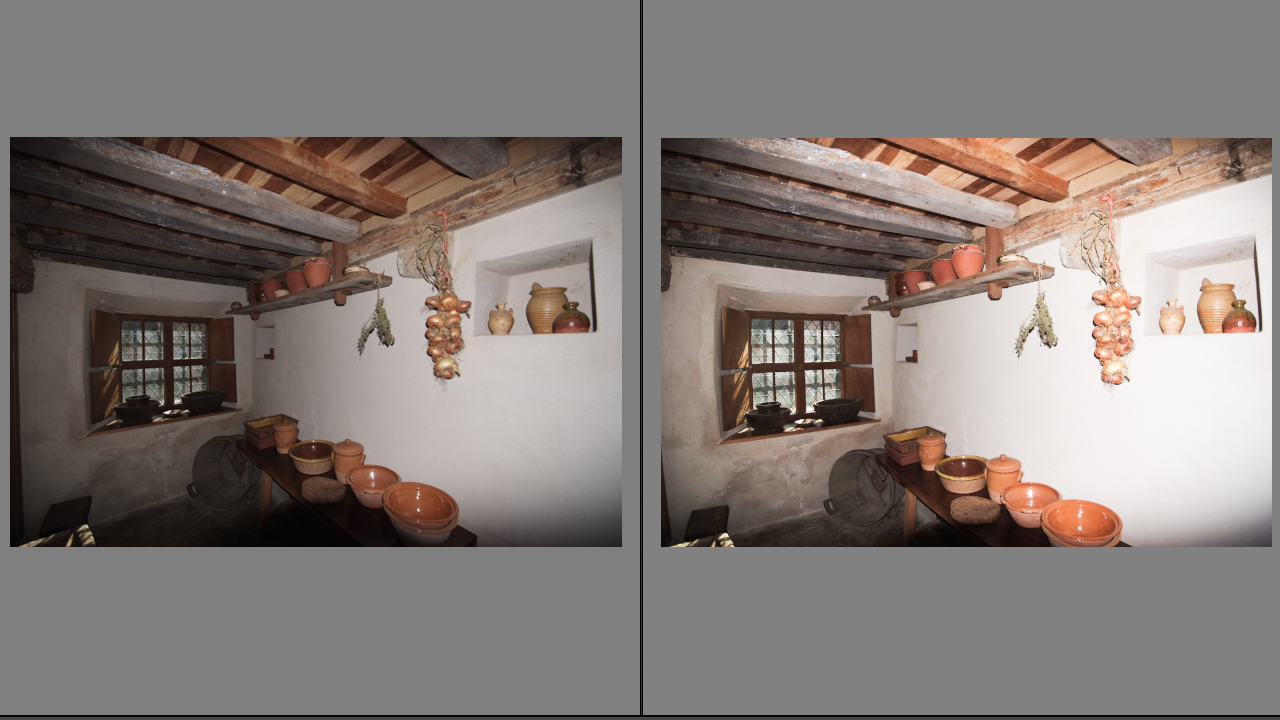

Objects


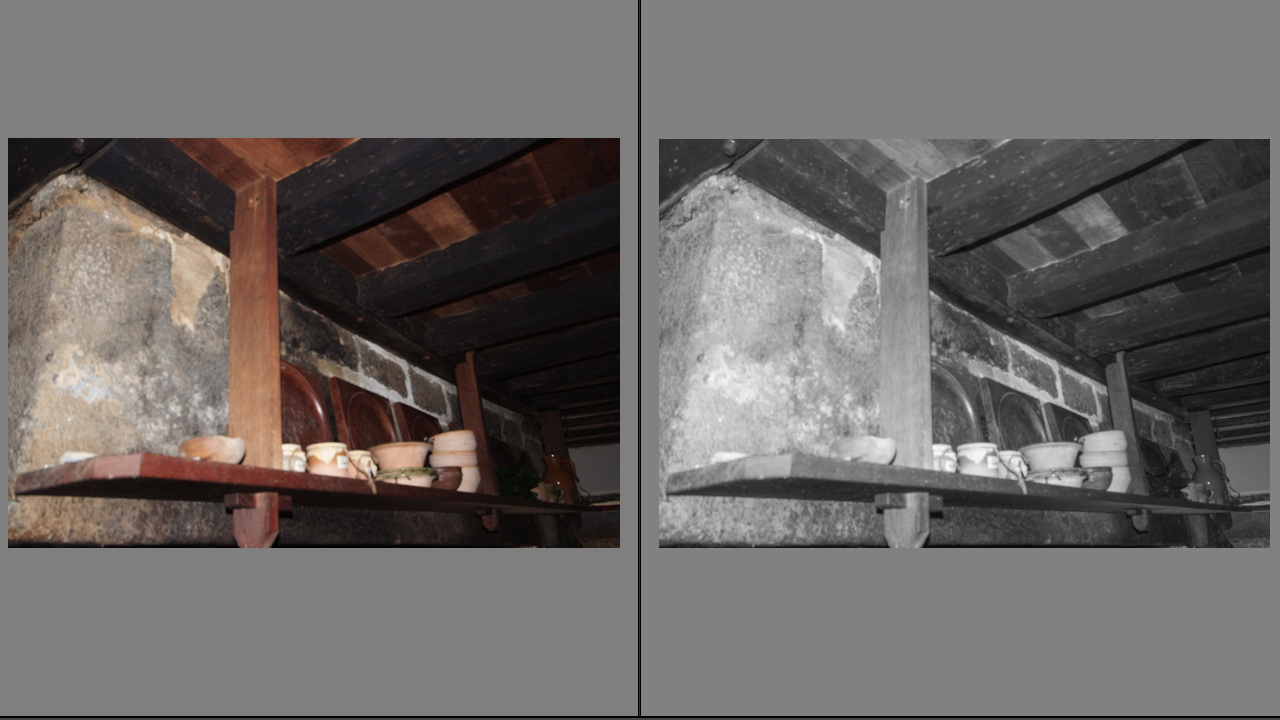
In 1767, people protested about the export of grain from the Island. Anonymous threats were made against shipowners and a law was passed the following year to keep corn in Jersey. In August 1769 the States of Jersey repealed this law, claiming that crops in the Island were plentiful. There was suspicion that this was a ploy to raise the price of wheat, which would be beneficial to the rich.
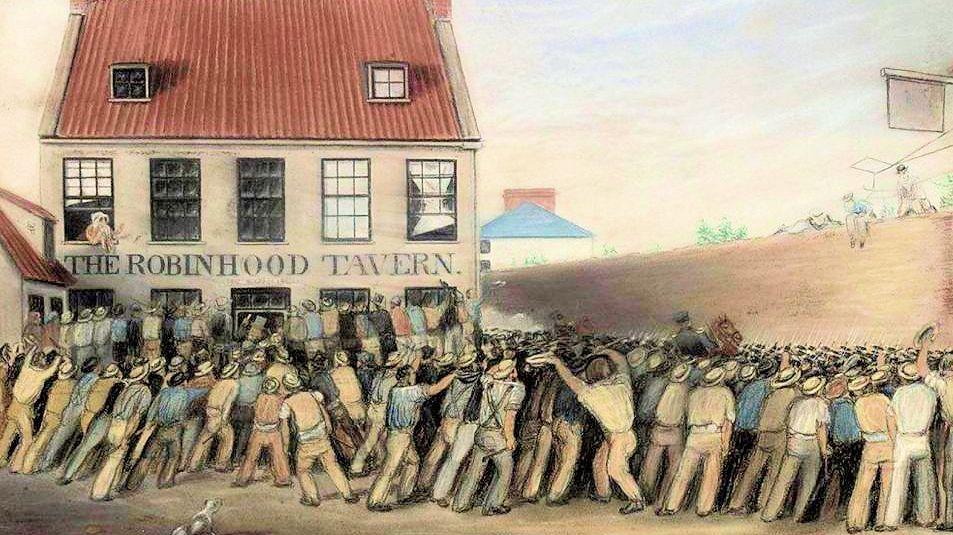
On Thursday 28 September 1769 a group of individuals from Trinity, St Martin, St John, St Lawrence and St Saviour marched towards Town where their numbers were swelled by residents of St Helier. The group was met at the door of the Royal Court and was urged to disperse and send its demands in a more respectful manner. However, the crowd forced its way into the Court Room armed with clubs and sticks. Inside, they ordered that their demands be written down in the Court book.
The demands of the Corn Riots protestors included:
• That the price of wheat be lowered and set at 20 sols per cabot.
• That foreigners be ejected from the Island.
• That his Majesty’s tithes be reduced to 20 sols per vergée.
• That the value of the liard coin be set to 4 per sol.
• That there should be a limit on the sales tax.
• That seigneurs stop enjoying the practice of champart (the right to every twelfth sheaf of corn or bundle of flax).
• That branchage fines could no longer be imposed.
• That Rectors could no longer charge tithes except on apples.
• That the Customs’ House officers be ejected.
Cyanotype is a photographic printing process that produces a cyan-blue print. Engineers used the process well into the 20th century as a simple and low-cost process to produce blueprints.
The cyanotype process, also known as the blueprint process, was first introduced by John Herschel in 1842. Sir John was an astronomer, trying to find a way of copying his notes.
One of the first people to put the cyanotype process to use was Anna Atkins, who in October 1843 became the first person to produce and photographically illustrated a book using cyanotypes. She was a pioneering figure in photographic history, having produced the first book to use photographic illustrations.
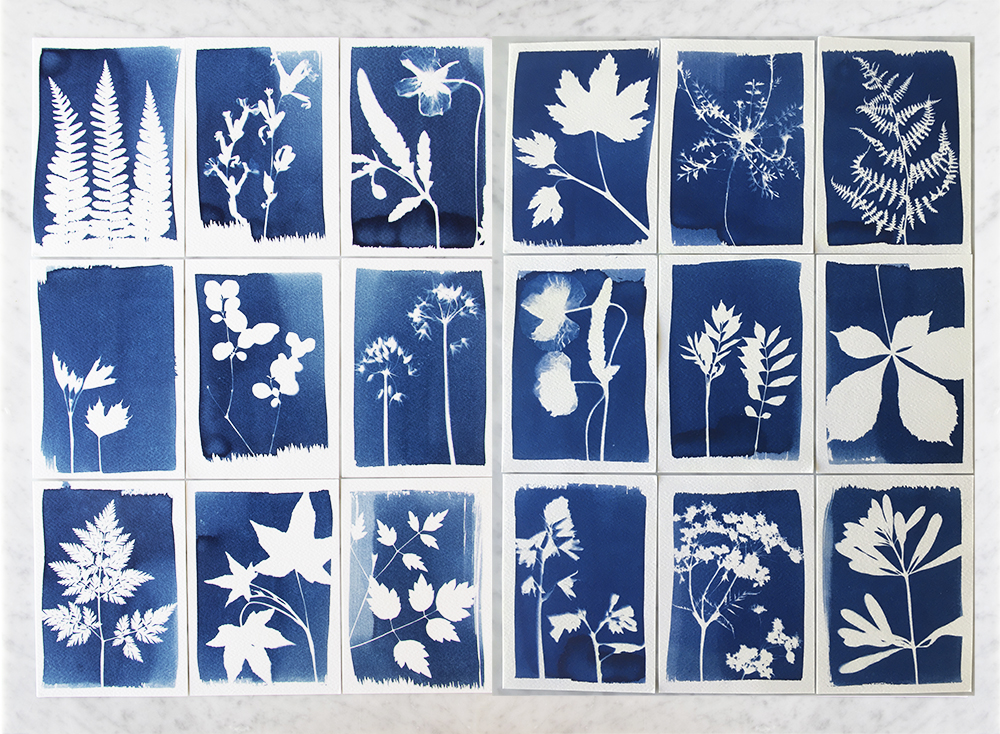
The classical form of cyanotype is that the paper is coated with a solution of a light-sensitive mixture of two chemicals – the light-sensitive iron(III) complex with a oxidizable polybasic carboxylic acid, usually citric acid or oxalic acid, and hexacyanoferrate(III).
A number of photographers still use cyanotype photography today, including Mike Ware and John Dugdale.

How To create Cyanotypes
Pre-prepared cyanotype paper
A piece of cardboard
Acrylic or glass sheet
Bulldog clips – or you can use masking tape or sellotape instead
An interesting range of objects to create your print from
You then place your objects onto the piece of prepared paper and then place in the sun. You then leave in the sun for a couple minutes and wash the paper in water. Once the paper has dried the cyanotype is made.
Hamptonne Country Life Museum gives visitors a unique insight into the rural life carried on in Jersey for centuries. The buildings and farm date all the way back to the 15th century. The farm is ran by Jersey Heritage.
The farm gets its name from Laurens Hamptonne, who purchased the site in 1633, The site is also known as ‘La Patente’, after the name of one of the roads that passes it.

The whole site is roughly square in shape. While the farm has medieval origins, it has continuously been renovated and upgraded by consecutive owners over the years.
The farm consists of multiple buildings named, Langlois, Syvret and hamptonne, after the families who lived there. Each building is fully furnished from different time zones, and gives visitors an insight of how life was lived all that time ago. There is also an apple orchard, a playground, a café and a small area for livestock.
There are also several characters from time periods at the farm who act out different activities, such as yarn spinning. These characters are also dressed appropriately for the 16/17th century to create a more immersive experience. All these actors are recorded and pictured by photographer Tom Kennedy, his photos are influenced by “painting with light”, an old painting technique. His photos use one natural light source, such as a window, to display the characters clothes and face more clearly which makes his photos look very realistic and effective.

The farm also has an original granite apple crusher on display, which they use during their annual cider festival every year to make cider. The farm also has an apple orchard, where the farm uses these apples to create their cider. The farm consists of apple trees chosen for their sweet, bitter and sharp flavours to add a nice taste to the cider.


/brief-history-of-photography-2688527-FINAL-5bef134d46e0fb0026cda5f9.png)
THE FIRST PERMANENT IMAGES
Photography began in the late 1830s in France. Joseph Nicéphore Niépce used a portable camera to expose a pewter plate coated with bitumen to light. This is the first recorded image that did not fade quickly.
Although the first camera wasn’t created until the 19th century, the concept of photography has been around since about the 5th century B.C. It wasn’t until an Iraqi scientist developed something called the camera obscura in the 11th century that the art was born. The camera obscura consisted of a tent with a pinhole which projected images onto the surface of the tent, upside down, they could be traced to create accurate drawings of real objects such as buildings.
Niépce’s success led to a number of other experiments and photography progressed rapidly. Three different techniques were quickly created known as, Daguerreotypes, Emulsion Plates and Dry Plates.
A daguerreotype consisted of a copper plate being exposed to iodine vapour, and then exposed to light for roughly 15 minutes. This was a very popular method until 1850 when it was replaced with emulsion plates. Emulsion plates, were less expensive than daguerreotypes and required only two or three seconds of exposure time. This made them more efficient for portrait photographs, which were the most common photographs in this time period.
Photography was only for professionals and the rich until George Eastman started a company called Kodak in the 1880s. They created an affordable portable camera in 1888 known as the Brownie, the creation of this camera made photography very popular around the world as it was now affordable for the average person, and very easy to use.
In the 1980s and 90s companies such as kodak started creating cameras that held photos digitally compared to film, this started what photography is today.

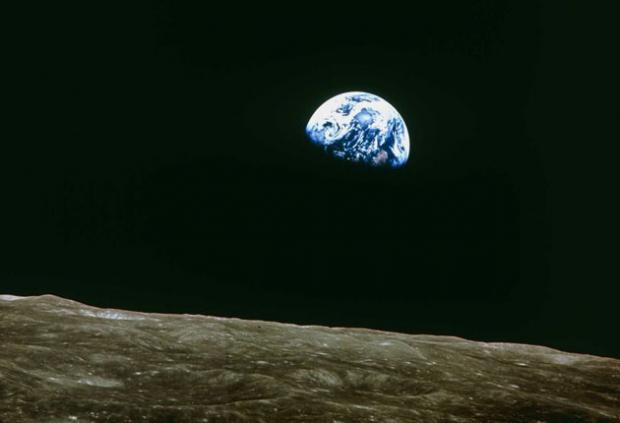
Comparing these two images you can see that photography has clearly come along way, just 139 years after the first photograph was taken, we managed to take a picture of Earth.
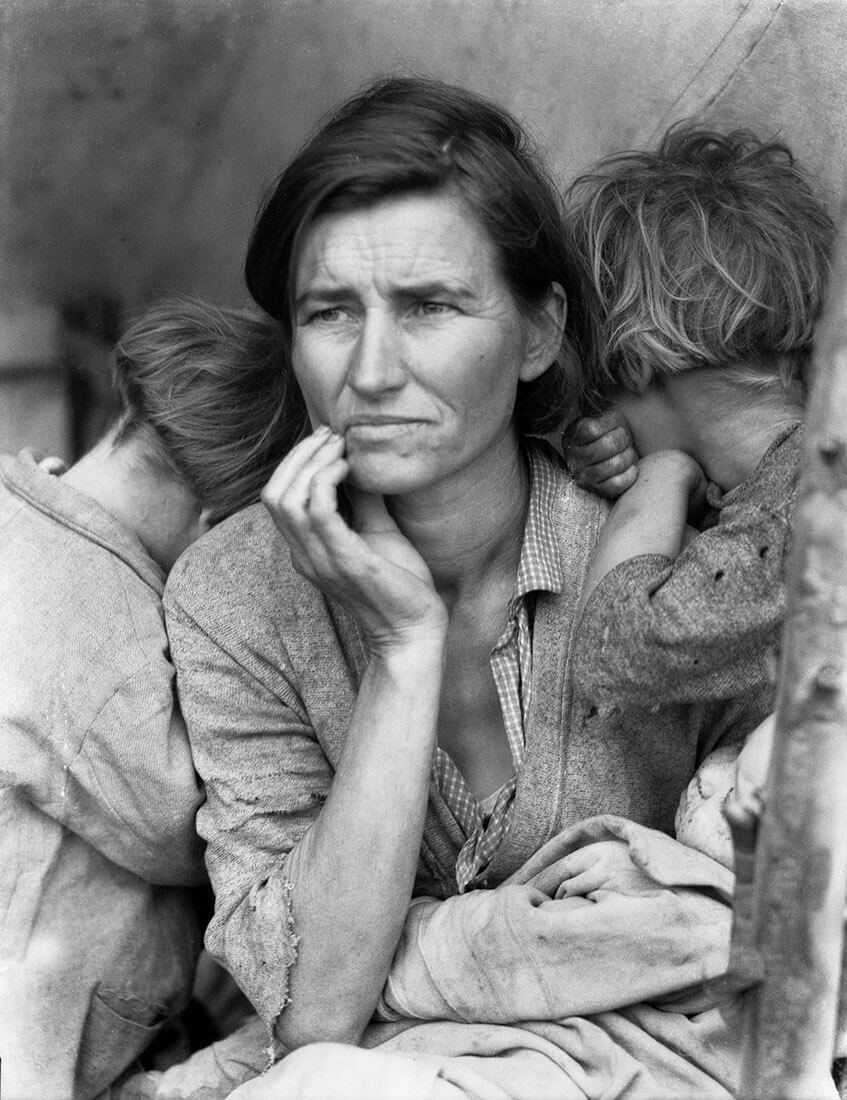
This image taken in 1936 known as “Migrant Mother”, became one of the most iconic photos in history as it came to symbolise the poverty and hunger endured by American’s during the Great Depression.
The image was taken in a migrant camp and appeared in the pages of a newspaper in March 1936, the face of the mother surrounded by her children with the anxious yet resilient expression on her face portrays just how many American’s suffered during the great depression. The lack of colour in the photograph also adds to the depressing mood of the photo. Viewers of the photo feel nothing but sympathy for the mother and her children, creating a powerful effect.